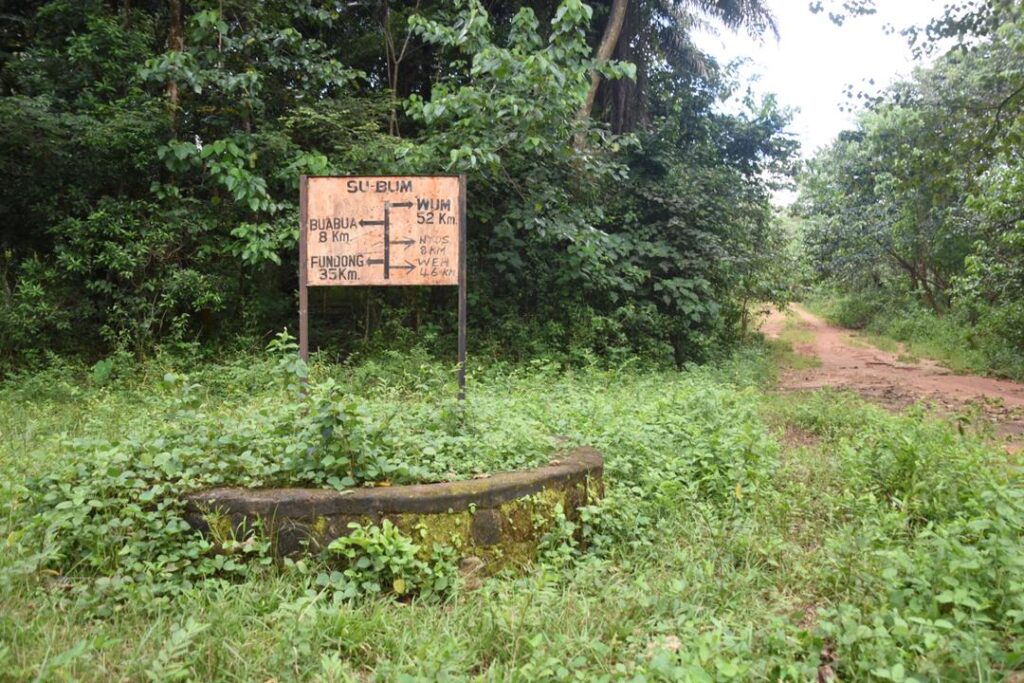
Su-bum Village
Brief Historical Profile
The name Su-Bum derives from the practice of washing and treating Bum people by a traditional doctor who resided in the area. The settlement was initially inhabited by individuals from the Sawi palace and Oku. The first settlers from Sawi were family heads and their brothers, including pa Kum, pa Chuhi, pa Kong, pa Nuoh, Pa Muam Nambeh, pa Bala, and Kimah. Later, pa Nsieh Kimbong of Mbamlu and pa Nji Kimbi of Alung joined them. Under the leadership of six fons of Sawi, Su-Bum prospered, with Fon Ngwieh 1 ruling until his demise in 1965. He was succeeded by Fon Mbangha John, who reigned until the tragic Lake Nyos disaster in 1986. The disaster deeply affected Su-Bum, displacing its people to Kimbi, but resettlement efforts began in 1988, with many returning by 2006.
Su-Bum shares boundaries with Nyos, Fang, and Koshim. Despite the disaster, efforts in agriculture, including rice, maize, groundnuts, and palm farming initiated by WADA in 1976, brought about cooperative growth. Su-Bum housed the Bum customary court, health center, and was a hub for business activities.
The village boasted a population of 7000 people, governed by Fon Ngwieh Emmanuel after the passing of fon Mbangha John. Notable figures like Fon Bong played crucial roles in the village’s history. Su-Bum had two Njis, Nji Chuhi and Nji Kimbi, and maintained cultural practices such as the cry-die tradition and marriage customs.
Despite challenges, Su-Bum remains resilient, with a rich history and a commitment to its cultural heritage.
Source| Fonfuka CDP, 2011.
